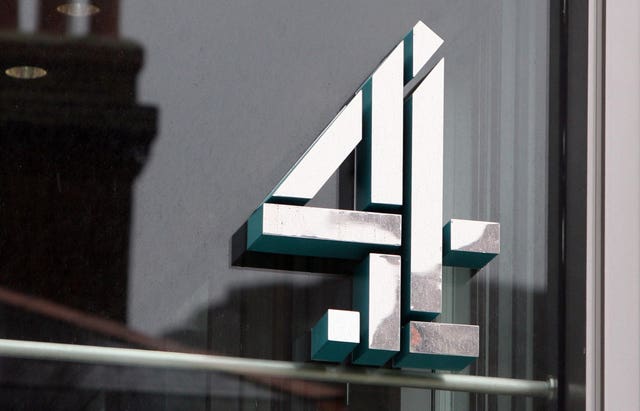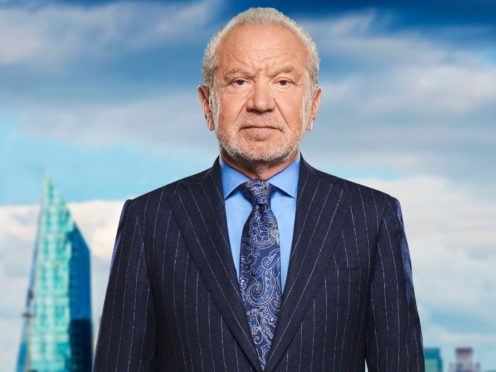Lord Sugar has voiced his opposition to the potential privatisation of Channel 4.
The Apprentice star said selling off the publicly owned broadcaster would be “a bad thing for the audiences and the sector in general”.
The channel, which was founded in 1982, is owned by the Government and receives its funding from advertising.
I am not in favour of the privatisation of C4. I believe it would be a bad thing for the audiences and the sector in general. C4 generates £1 billion to the UK economy, and privatisation would put this at real risk.
— Lord Sugar (@Lord_Sugar) July 30, 2021
A consultation looking at the economic, social and cultural costs and benefits of releasing it from public ownership is currently under way.
Potential investors are likely to include big American companies.
The 74-year-old Amstrad founder, originally from Hackney, east London, wrote to his 5.2 million followers on Twitter: “I am not in favour of the privatisation of C4.
“I believe it would be a bad thing for the audiences and the sector in general.
“C4 generates £1 billion to the UK economy, and privatisation would put this at real risk.”

Figures including actor Rob Delaney, It’s A Sin writer Russell T Davies and The Thick Of It creator Armando Iannucci have also voiced opposition to the potential sale of Channel 4.
The Department for Digital, Culture, Media and Sport (DCMS) has said the decision to review its ownership structure was taken because the changing media landscape poses a serious threat to traditional linear broadcasters.
The consultation comes ahead of a Government White Paper on the future of broadcasting which is due in the autumn.
